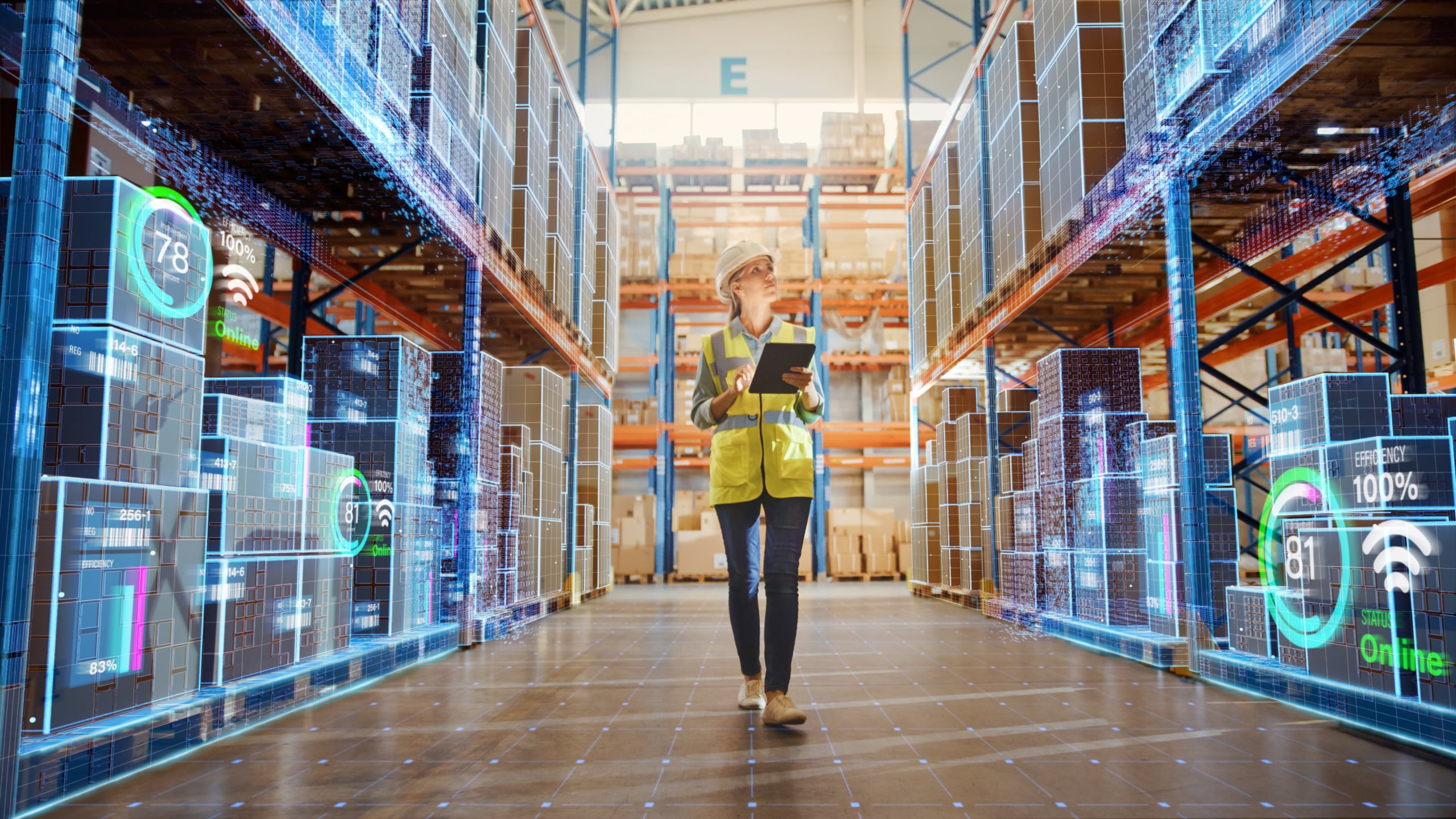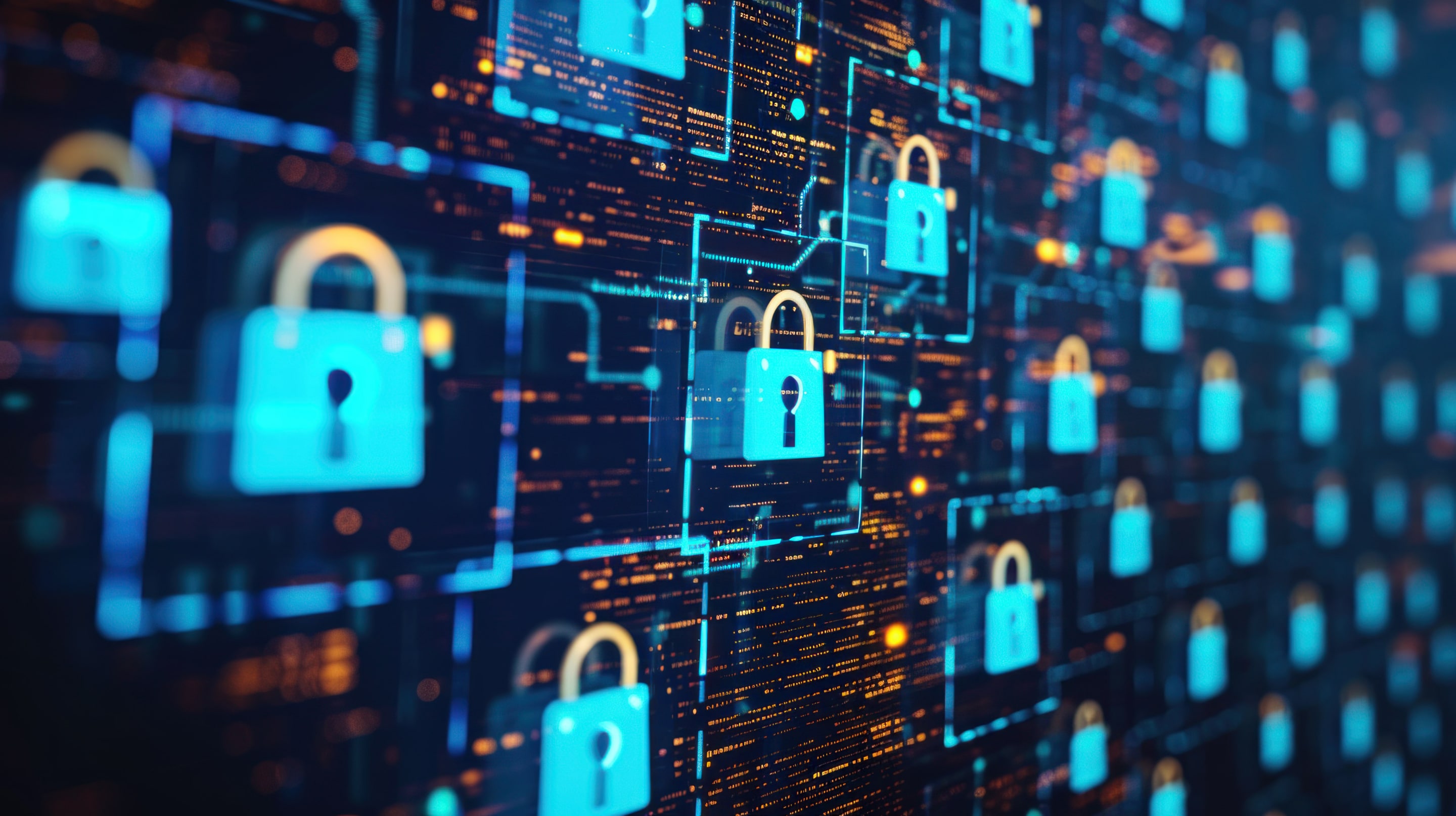The Evolution of IoT Solutions: Emerging Technologies and Their Impact

Our mission is to help businesses connect, protect, and derive more value from their assets. As a leading global innovator, developer, and supplier of IoT solutions, we drive continuous innovation to enable our partners to deploy confidently at scale worldwide.

In this digital era, our lives are consumed by the Internet of Things (IoT). For optimum connectivity, many equip their homes with IoT solutions, using digital home assistants like Siri and Alexa. Some desire connectivity 24/7, wearing personal smart watch devices to track sleep patterns and daily activity. IoT solutions are featured in all forms of technology, in nearly every industry and sector, from healthcare and manufacturing to agriculture. In the near future, there will even be entire “smart cities”.
What exactly is the Internet of Things (IoT)?
In simple terms, IoT is a network of interconnected devices, vehicles, and appliances that communicate and exchange data with each other via sensors, using centralized systems over the internet.
According to Forbes, the concept dates to 1982, a decade before the World Wide Web became public. Coca-Cola had a vending machine installed at Carnegie Mellon University, it was connected to a computer network that communicated stock levels and drink temperature. It was not until 1999 that a British technologist called Kevin Ashton coined the term ‘Internet of Things’. Fast forward to today, and according to IDC, investments within the IoT solution ecosystem will surpass the $1 trillion mark by 2026.
Emerging Technology Combining IoT Solutions
Rising from the landscape of today’s technology-focused world are several core technologies that are shaping the future of IoT and positively impacting nearly every industry and sector.
It means IoT solutions are getting smarter, with forward-thinking organizations reaping the benefits by incorporating the latest technology. Business capabilities increase; operational efficiency increases; risks are mitigated; costs are reduced, and innovative new products and services become reality. By actively pursuing smarter technology, companies can stay ahead of the competition through increased performance and improved customer experience.
Artificial Intelligence
According to Deloitte, Artificial Intelligence (AI) is quicker and more accurate than traditional business intelligence tools. It’s a term widely used in today’s digitally obsessed society, an evolving technology that uses data from the IoT to learn, providing the user with intelligent insights they can use to improve operations.
Edge Computing
Edge computing, or otherwise referred to as Mobile Edge Computing (MEC), or Multi-Access Edge Computing, offers real-time insights, locally. From a mobile health monitor to an offshore oil rig, Edge AI can provide computer power where it’s needed, at the source. Data is processed where it is generated, instead of sending it to a centralized cloud for analysis.
By keeping resources close to the user, devices or data source, edge solutions deliver benefits such as low latency, high bandwidth, device processing and data offload, improving the performance, security, operating cost and reliability of applications and services.
GPS Asset Tracking
Fleet based organizations have taken to GPS asset tracking technology to help improve business operations and address challenges. According to the 2024 Fleet Technology Trends Report, 66% of government fleets have implemented a GPS fleet tracking solution, and from fleets using GPS technology, 70% said the technology was extremely or very beneficial.
AIoT
While IoT solutions communicate data, AI learns from it, enhancing device performance and capability. While a formidable technology by itself, combined with IoT solutions we have Artificial Intelligence of Things (AIoT). AIoT empowers devices to make intelligent data-driven decisions within the device or application.
Emerging technologies are important to the future of IoT solutions. Individually they have a purpose, yet combined they have the power to make change for the better, by improving lives in both a professional and personal capacity.
Understanding the Core Technologies Transforming IoT
AI and Machine Learning in IoT (AIoT)
Forbes relates the IoT to a digital nervous system, with AI being the brain. While IoT solutions alone can communicate information, AI empowers it to make intelligent decisions based on that data. Smarter analytics means faster learning. The role of AI is significant in many industries. For example, in manufacturing AI can help automate operations, plan scheduled maintenance, and predict system failures before they happen, improving performance and mitigating unplanned downtime, which can be costly.
In retail it can help boost security measures, through facial recognition systems to identify patrons. In addition, the same system could gather intelligence about customers, including gender, product preference and traffic flow, helping the company target potential consumers and tailor their service to the right market.
Where buildings are integrated with AI, the environment might be regulated depending on who is using it, for example smart thermostats and lights, improving energy efficiency when not in use. Building access may be monitored and restricted depending on which personnel are allowed in, as well as providing an added security measure.
In transport, AI is used in robotic courier services, within autonomous vehicles like mining trains, or harvesting technology on farms.
Edge Computing
Gartner defines edge computing as technology that facilitates data processing at or near the source of data generation. This core technology is progressing rapidly. Around 10% of enterprise-generated data is created and processed outside a traditional centralized data center or cloud. By 2025, this figure is predicted to reach 75%.
Edge computing supports IoT solutions by reducing latency and handling data processing locally. The benefits can be felt on all scales, from mobile devices like health monitors or smartphones, to static examples like office buildings or manufacturing plants. This technology is a game-changer in many industries, like mining for example. Edge AI can monitor sites in remote environments and process the data onsite, meaning site managers can analyze and react to activity in real-time.
Typically, Edge computing processes data at the ‘edge’ within boundary of the source, rather than in a centralized cloud. But it can also be on-site, for example, in a home or via a wireless router within public transport. This brings many advantages, including low latency and high bandwidth, which results in improved performance, lower operating costs and a more reliable application or service. Having data physically isolated also helps heighten security, an ongoing challenge for all industries and devices of personal use.
GPS Asset Tracking
GPS asset tracking allows IoT solutions to gain access to critical information that determines the success of their operation. For fleets, users can gain control of their vehicles, rental equipment, parts, and accessories. For other assets, like bins, trolleys, trailers and pallets, tracking devices can be installed to locate and monitor movement, with regular updates and real-time data.
Through the monitoring of their vehicles, valuable trip history data can be used to improve future fleet utilization and management strategies. Individual drivers’ behavior can also be used to help with driver training, assess potential damage to the vehicle, and improve safety. GPS asset tracking can be used to keep on top of maintenance issues and prevent theft through movement alerts and immobilization.
According to the 2024 Fleet Technology Trends Report, 55% of all fleets reported better productivity using GPS asset tracking. There was also a 7% average cost reduction for fuel, 10% accident reduction, and 7% average labor cost reduction.
Challenges and Solutions in Modern IoT Deployments
Despite IoT solutions transforming the digital world for over two decades, the technology still presents challenges to its developers, manufacturers, and customers.
Security has been a key issue faced by IoT solutions since its origin, proving a deep concern for many. Research found that enterprise customers were prepared to pay 22% more on average for IoT solutions if their security concerns were addressed. Adding security protocols like encryption or authentication can help, but inevitably there will be new emerging tactics to exploit the system, making cyber-attacks, hacking, and general misuse an ongoing challenge.
Firmware updates are recommended by the manufacturer, relying on the user to act. Often, they consume significant power, and the device might not have enough data. Many IoT device solutions also rely on the end users’ network infrastructure, such as Wi-Fi, which can also pose a problem.
Luckily, there are solutions. Many close security gaps using a virtual private network (VPN), giving greater security over systems. Solutions are also being integrated into new technology, like low-power connectivity. For example, cellular networks authenticate devices through SIM cards, also SIM cards are protected with security features like IMEI locks that only work on the intended device. Cellular networks also allow you to update firmware while on minimal power.
Coverage is high on the list for consumers, which is why there are so many variable options. Users choose devices based on their location. However, there are also Low Power Wide Area Networks (LPWANs) available, with satellite connectivity becoming more common over time.
Scalability is a key challenge faced by providers worldwide. With millions of devices scattered around the globe, carriers have agreements across borders, allowing users to stay connected wherever they are. Battery life can also be an issue for IoT solutions. Many devices now come with a low power mode feature, prolonging their life before charging or changing batteries.
Digital Matter addresses these IoT challenges head on with their over-the-air device manager. Device Manager is a cloud-based platform that allows you to manage your devices remotely and at scale. It provides full visibility and control over your devices, serving as a crucial layer in the overall management of your IoT asset tracking, telematics, or sensor monitoring solution. Streamline your IoT device management, send data anywhere, and enjoy end-to-end security for user satisfaction. Learn more about Device Manager here.
IoT for Future Growth
McKinsey has identified IoT solutions as ‘one of the fundamental trends underlying the digital transformation of business and the economy’. New and emerging technologies are critical for business growth and operational efficiency. Future-thinking individuals must embrace innovation within IoT solutions to drive success and stay ahead of competitors. While technologies within IoT face ongoing challenges, solutions are being developed in parallel.
By 2030, it is estimated that IoT solutions could enable $5.5 trillion to $12.6 trillion in value globally. The value of B2C applications is growing rapidly, catalyzed by the popularity of in-home IoT solutions like Amazon Alexa and Google Assist, and the increase in health-conscious individuals looking to monitor their overall health and wellbeing with fitness and health devices. However, it is the industries involved in production, like manufacturing and hospitals, that account for 26% of that value, and B2B applications at around 65%.
IoT solutions are evolving fast and becoming an integral part of business as we know it. Stay ahead of the curve by exploring IoT device manufacturing and solutions. Digital Matter are IoT Device Manufacturers, delivering best-in-class asset tracking and IoT remote monitoring solutions for businesses. Contact our team today.
Related News

Let’s Get Started
Submit the form to get in touch with a Digital Matter representative from your region.
Contact UsSubscribe
Get helpful content delivered straight to your inbox.
Let’s Get Started
Submit the form below to get in touch with a Digital Matter representative from your region.

Looking for support? Check out our knowledge base.

Information on becoming a Digital Matter Partner.

Information on pricing, availability, and proof of concept.

Guidance on selecting the right products for your application.






